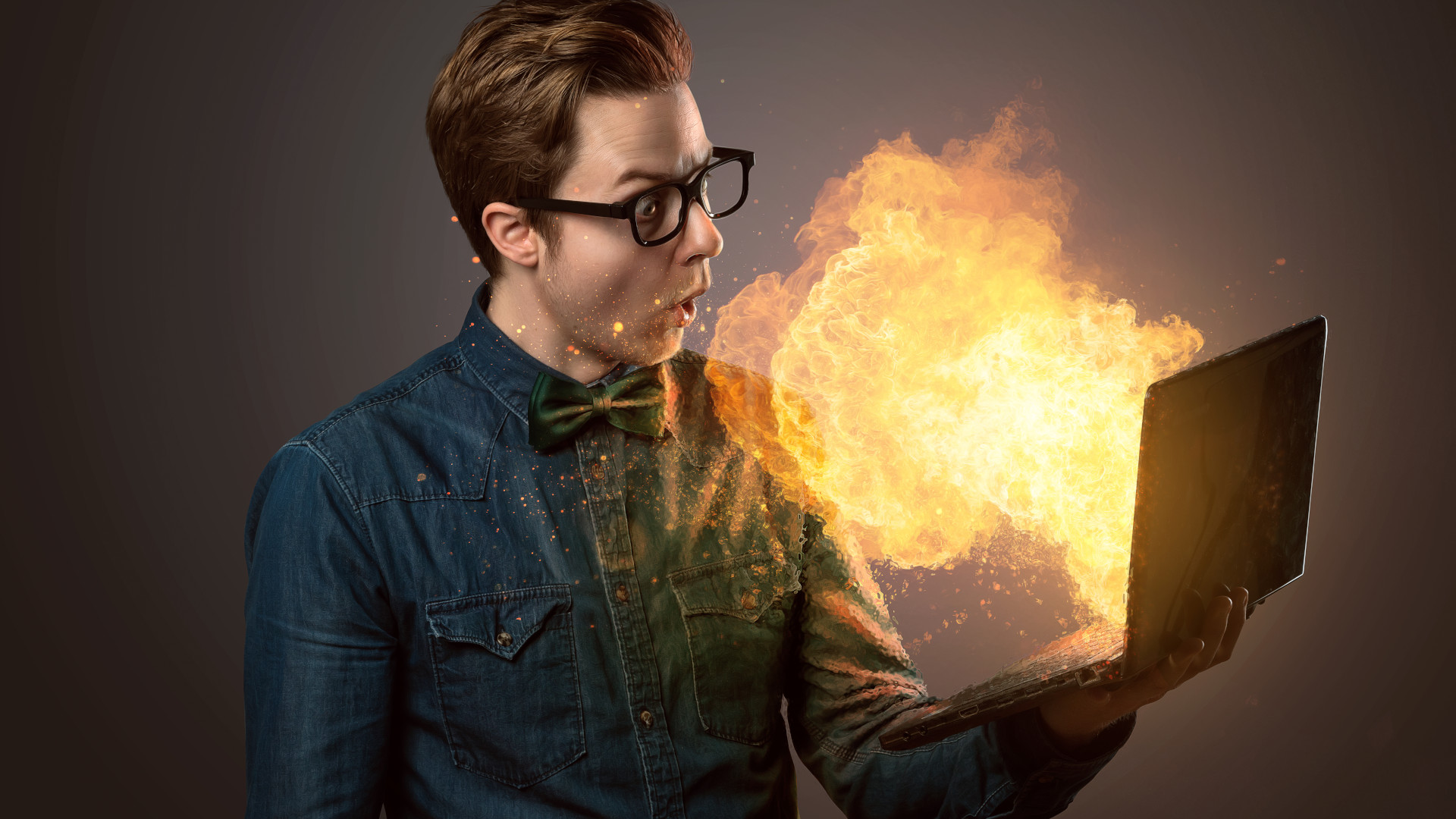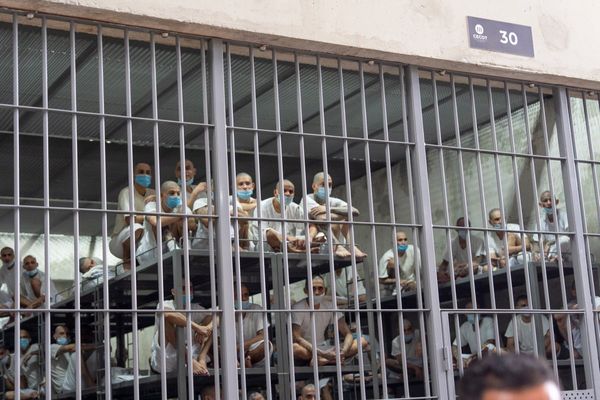
Asking ChatGPT to make an action figure of yourself or reimagine a photo as a classical painting does more than simply tickle the AI’s digital imagination. Every act of visual whimsy draws on a surprisingly large amount of power, around 4,402 joules.
That number isn't a guess; it's based on research recently published in MIT Technology Review. The researchers poked around OpenAI’s usage to work out that 4,402 is approximately the energy price of one high-quality image via ChatGPT. Not that OpenAI's model is the only energy-intensive AI image generator. Google Gemini, Midjourney, Stability AI’s Stable Diffusion, and others draw on a similar power-hungry cocktail of GPU time, server cooling, and cloud infrastructure every time they paint an image based on your words.
4,402 joules is a meaningless term for most of us. It's not how we think about our energy use most of the time. So I've decided to contextualize it and drive home how much energy is being pulled for a single image in terms of appliances we are more familiar with from daily use. Think about that much energy, but multiplied by millions every day, and you might also be a little concerned about how much power AI needs to function.
1. LED bulbs

Let's start with shining a little energy-efficient light on how much energy AI images use compared to LED bulbs. A standard LED bulb uses 10 joules per second (aka 10 watts). LEDs are designed not to use much energy, and using them for hours on end probably doesn't make much of a difference in your energy bill. But it only takes seven minutes for an LED bulb to use as much energy as one AI image. If you turned on the number of LEDs that would equal the millions of AI images made every day, you'd probably blind an astronaut in orbit.
2. Charging phones

Let’s say your phone battery is bone dry, and you plug it in for a full charge. That takes about 8.4 watt-hours, or 30,240 joules. That’s equivalent to roughly seven images on ChatGPT. But since most people charge their phones incrementally during the day, you might think of it like making an AI image with every 15 minutes of charging your phone. Just imagine everything you can do on your phone with 15 minutes' worth of charging, and compare it to a single AI image, and you start to get a better sense of how much energy AI image creation takes.
3. Laptops

Laptops get a bad rap for being energy hogs, but when they’re in sleep mode, they’re basically just dozing. A typical laptop draws around one watt per hour while asleep, or 3,600 joules. So you could leave your laptop asleep for over an hour and still use less energy than summoning one AI picture from ChatGPT.
4. Blenders

Blenders are loud, aggressive, and seem like they’re devouring electricity with every pulverizing second. But the truth is, they’re more bark than watt. A typical countertop blender runs at about 500 watts. If you fire it up to crush ice for five seconds, enough time to reduce a few cubes into snow, you’re looking at around 2,500 joules. That’s just over half the energy needed to generate a single AI image.
That's amazing efficiency on the side of the blender and its culinary violence compared to making a digital hallucination come to life. If you use your blender daily for morning smoothies, you’d have to blend for nearly nine seconds to match one image’s energy use.
5. Toothbrush

Electric toothbrushes may sound like they could drain a car battery in moments, but they barely tap their batteries with a standard brushing regimen.
An electric toothbrush, running for the dentist-approved two minutes, consumes about 0.006 watt-hours of energy. That’s just under 22 joules. You could brush your teeth twice a day for over three months or make a single AI image with the same amount of energy. And if you maybe cheat occasionally or often on hitting the full two minutes, it's even more stark. You might theoretically brush your teeth hundreds of times on the energy it takes to make just one image.
High-power Ai images
Counter to what you might assume, making images still takes less energy than writing text. That's because the models producing images limit the number of parameters they work with to make the visual magic. Otherwise, it would probably take a lot longer for the AI model to settle on a specific look and style for the final image.
“Large [text] models have a lot of parameters,” researcher Jae-Won Chung told the Review. “Even though they are generating text, they are doing a lot of work. ”
Still, it's not as though a lot of AI images don't add up to a lot of energy use. And as these systems scale, the cumulative cost is not trivial. The 4,402 joules repeated billions of times a month is a huge energy price. And there’s the ripple effect as more energy means more heat produced by data centers and more water needed to cool them, with more emissions as a result, barring the use of renewables.
It's something I'd hope companies would keep in mind, or at least that users would remind them about. Because every time you ask an AI to paint a neon sushi dragon riding a hoverboard, you're not just conjuring a silly image, you’re quickly consuming more power than your blender.
You might also like
- 5 better prompts to use with ChatGPT
- I replaced my to-do list with ChatGPT’s Tasks feature and it completely changed the way I plan my life
- I've tested all the best AI agents including ChatGPT Deep Research and Gemini - these are the 5 top automated artificial intelligence tools you can try right now







